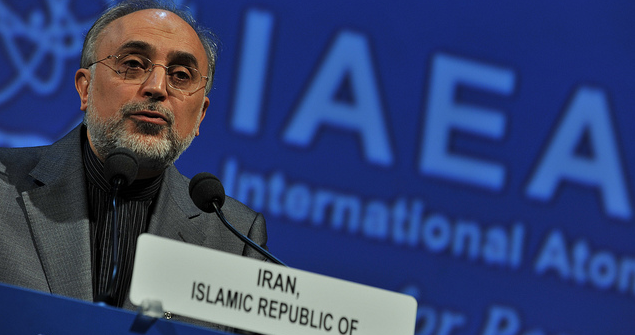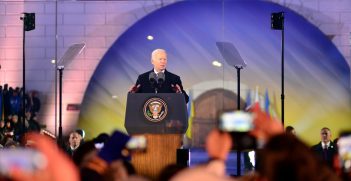Iran and the Future of the Nuclear Order

As the deadline for nuclear negotiations with Iran approaches, many questions remain unresolved.
We’re rapidly getting down to the endgame in the nuclear negotiations between Iran and the P5+1. The end of March looms as a real deadline – at least for a political agreement which would subsequently have to be turned into final text. In the US, President Obama has said that he sees no need for a further extension and that if Iran wants a political solution to the issue, now’s the time to cut a deal. The US Congress has agreed to hold off on new sanctions until the end of March, but if that deadline passes, like previous ones, without an agreement, the administration will find it difficult to keep its domestic opponents of the negotiations in check. So, is an agreement likely? And, if so, what would it mean for other potential proliferators?
Let’s start with the first question: is there the will for an agreement? Frankly, it’s going to be touch and go. Obama himself recently put the likelihood of an agreement at only 50%. And the position of the Iranian Supreme Leader, Ayatollah Ali Khamenei, is ambiguous. Recent media reports say the Iranian leader’s in favour of a deal that’s ‘transparent, single-stage and good’, but that he would prefer no deal at all to a bad one. President Rouhani and Foreign Minister Zarif, the smiling, public faces of the negotiating team, don’t have carte blanche to give away the Iranian nuclear program.
But nor are they being asked to. Media leaks suggest the US would be happy with a position from which Iran could not quickly sprint to a bomb. They seem to define that acceptable ‘breakout’ period as one year – meaning they’re unwilling to accept a level of Iranian nuclear latency which would allow Iran to build a nuclear weapon within a year. That doesn’t mean, of course, that they’ve accepted eventual Iranian proliferation. The breakout period just has to be long enough for other options to come into play. Still, some of Iran’s neighbours must be wondering whether that breakout period will become the new regional standard and therefore whether they should be thinking about moving consciously towards a matching level of latency.
So far the negotiations have stranded on a set of specific concerns: about the number of enrichment centrifuges that Iran will be allowed to maintain, how long the agreement might last and what comes after. But the latency question, of which the enrichment question is but a subset, is the big one. And it’s sharpened by previous Iranian behaviour, where Tehran doesn’t have a perfect record of transparency about its nuclear activities.
As American scholar Robert Litwak once observed, the problem is that for the key players involved the negotiations are actually about something bigger than the nuclear program. For Obama, this is his chance to show that the path of negotiation can succeed where the path of military force might fail. And for Khamenei, this is a choice that defines Iran’s future – as either a revolutionary or normal state. It’s not clear he thinks those alternatives are equally balanced: he’s said before that he doesn’t trust the US to lift sanctions even after a deal’s been struck, and thinks Iran should base its future upon a strategy of self-reliance.
But for the rest of the world, too, the negotiations are about something bigger than just the Iranian program. The constraints that the P5+1 (US, Russia, China, UK, France and Germany) define here risk becoming a new standard in the international nuclear order. The emphasis upon limiting Iranian breakout to a one-year timeframe, rather than preventing Iranian proliferation altogether, carries its own longer-term dangers: it might well be, as Henry Kissinger recently observed, a recipe for a future nuclear-armed Middle East.
That’s because what comes after an agreement – regardless of whether that agreement’s for ten years or fifteen – is an issue of great import. Any agreement that essentially legitimises a future Iranian nuclear program rich in the potential for rapid weaponisation risks being seen as deeply damaging, both to regional security in the Middle East and to the broader nuclear order. In short, there’s a lot riding on these negotiations. Both here in Asia and elsewhere, a range of countries will be watching to see what international constraints are imposed upon Iran and for how long. Ten (or so) years at a one-year breakout level might become the new definition of nuclear-weapon-state apprenticeship.
Rod Lyon is a fellow at ASPI and executive editor of The Strategist. This article was originally published in The Strategist on 13 February 2015. It is republished with permission.





